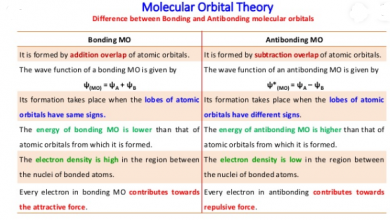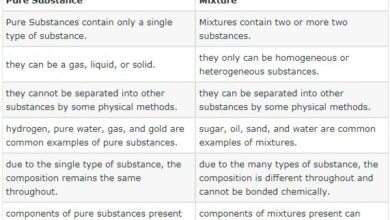Molecular Mass and Formula mass with Examples and Calculations
what is the difference between molecular mass and formula mass ?
The sum of atomic masses of all atoms present in one molecule of a molecular substance,is its molecular mass. For example, molecular mass of chlorine (Cl2) is 71 amu, of water (H2O) is 18 amu and that of carbon dioxide (CO2) is 44 amu.
Example:
Calculate the molecular mass of nitric acid, HNO3.
[wp_ad_camp_1]
Solution:
Atomic mass of H = 1 amu
Atomic mass of N = 14 amu
Atomic mass of O =16 amu
Molecular formula = HNO3
Molecular mass = 1 ( At. Mass of H)+1(At.mass of N) + 3(At.mass of O)
= 1 + 14 + 3(16)
= 1 +14 +48
= 63 amu
Ionic compounds that form three-dimensional solid crystals, are represented by their formula units, formula mass. In such cases is the sum of atomic masses of all the atoms present in one formula unit of a substance. For example, formula mass of sodium chloride is 58.5 amu and that of CaCO3 is 100 amu.
Example:
Calculate the formula mass of potassium sulphate ( K2SO4)
Solution:
Atomic mass of K =39 amu
Atomic mass of S = 32 amu
Atomic mass of O= 16 amu
Formula unit= K2SO4
Formula mass of K2SO4 = 2(39)+1(32)+4(16)
= 174 amu.




Hi! I just would like to give a huge thumbs up for the wonderful information you may have here on this post. I will likely be coming back to your weblog for more soon.